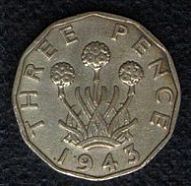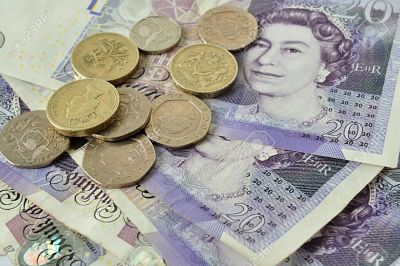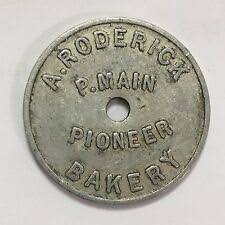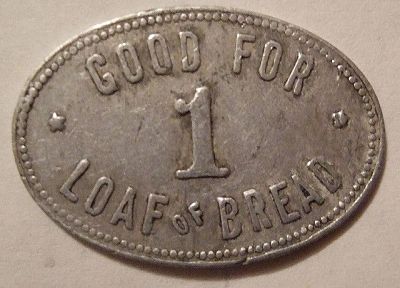British Three Pence Coin
- Time To Read: approximately 1 minute 8 seconds for 204 words
 These were legal tender in Britain right up to the time of decimalisation. Now they are only a collector item that remind us of days gone by.
These were legal tender in Britain right up to the time of decimalisation. Now they are only a collector item that remind us of days gone by. Coins and historic medallions have long been appreciated by collectors, many of them being considerable works of art in their own right, and all of them expressing a facet of history. Who, on finding a silver coin of the reign of George II, marked with the name LIMA, would be anything but fascinated to discover that the silver used in the making had come from captured treasures. The British privateers the Duke and the Prince Frederick, had taken two armed French ships in the North Atlantic and, on their return to Britain, the captured silver was immediately taken to the Tower of London where it probably supplied more than half the coinage of George II’s reign. Coins of this period, particularly the low denominations, are by no means overpriced. It is also surprising to note the prices obtained for silver coins of the 1200’s and 1300’s. A silver penny of the reign of King Edward I, for example, may still be purchased for well under £50.00, yet such a coin is in fact a medieval royal portrait that has been actually hammered individually by hand.
Coins and historic medallions have long been appreciated by collectors, many of them being considerable works of art in their own right, and all of them expressing a facet of history. Who, on finding a silver coin of the reign of George II, marked with the name LIMA, would be anything but fascinated to discover that the silver used in the making had come from captured treasures. The British privateers the Duke and the Prince Frederick, had taken two armed French ships in the North Atlantic and, on their return to Britain, the captured silver was immediately taken to the Tower of London where it probably supplied more than half the coinage of George II’s reign. Coins of this period, particularly the low denominations, are by no means overpriced. It is also surprising to note the prices obtained for silver coins of the 1200’s and 1300’s. A silver penny of the reign of King Edward I, for example, may still be purchased for well under £50.00, yet such a coin is in fact a medieval royal portrait that has been actually hammered individually by hand. These were legal tender in Britain right up to the time of decimalisation. Now they are only a collector item that remind us of days gone by.
These were legal tender in Britain right up to the time of decimalisation. Now they are only a collector item that remind us of days gone by.
 On two occasions in Britain, the lack of small change and the failure of the government to deal with the situation, led to the private issue of tokens, which were used widely, although they were an illegal form of coinage. The issues were made during the second half of the 1600s, the late 1700s and the early 1800s.
On two occasions in Britain, the lack of small change and the failure of the government to deal with the situation, led to the private issue of tokens, which were used widely, although they were an illegal form of coinage. The issues were made during the second half of the 1600s, the late 1700s and the early 1800s.